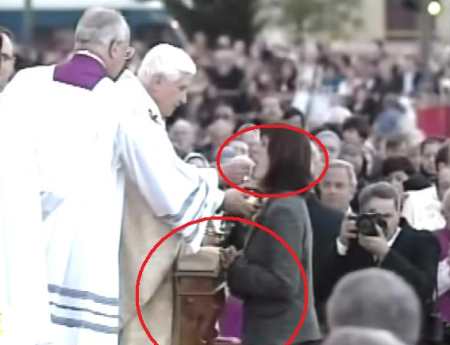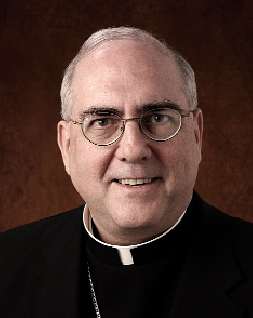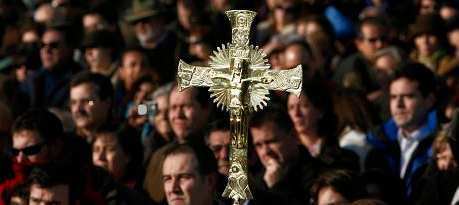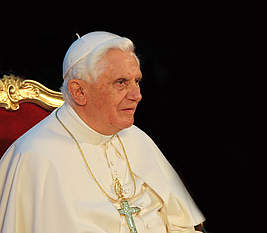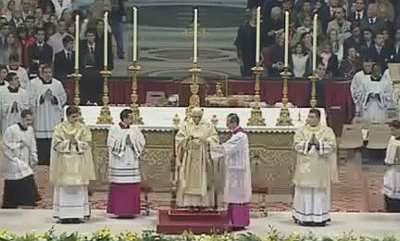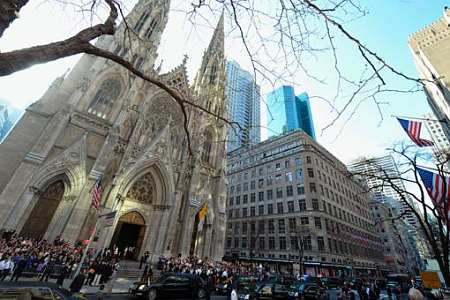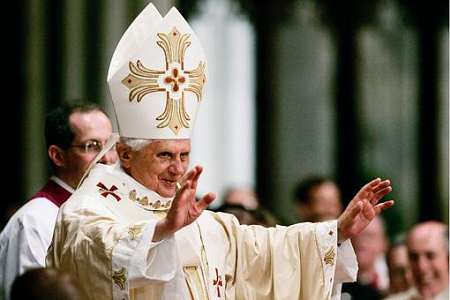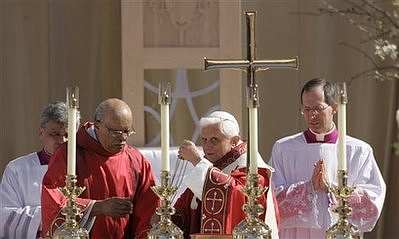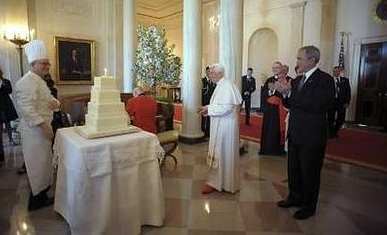Være sammen i Herrens nærhet, gå sammen med Herren, knele for Herren
I Vatikanet ble festen for Corpus Christi feira sist torsdag, mens dagen i Italia blir feira kommende søndag – som i Den katolske Kirke i Norge. I sin tale i forgårs la pave Benedikt vekt på tre fundamentale handlinger i messefeiringa. For det første «kommer vi sammen rundt Herrens alter for å være sammen i Kristi nærvær», for det andre «går vi sammen med Herren», og for det tredje «kneler vi for Herren i tilbedelse».
Explaining the first of these gestures, the Holy Father quoted St. Paul’s Letter to the Galatians, where it is written that «there is no longer Jew or Greek, there is no longer slave or free, there is no longer male and female; for all of you are one in Christ Jesus’. … In these words», said the Pope, «we feel the truth and the power of the Christian revolution, the most profound revolution in human history, which we may experience in the Eucharist where people of different ages, sexes, social conditions and political ideas come together in the presence of the Lord. The Eucharist can never be a private matter. … The Eucharist is public worship, which has nothing esoteric or exclusive about it. … We remain united, over and above our differences, … we open to one another in order to become a single thing in Him».
Concerning the second of these gestures, …
Være sammen i Herrens nærhet, gå sammen med Herren, knele for HerrenLes mer »

